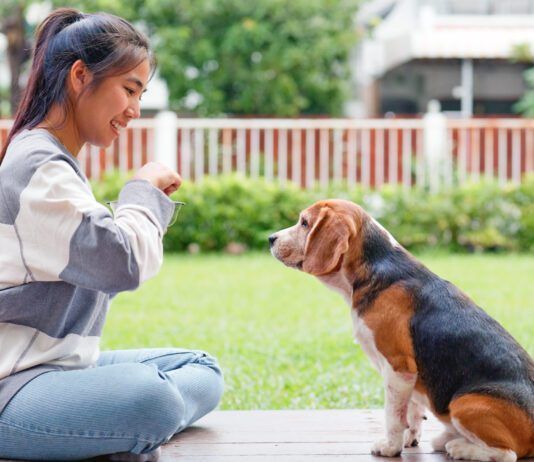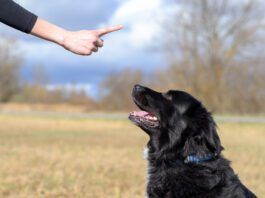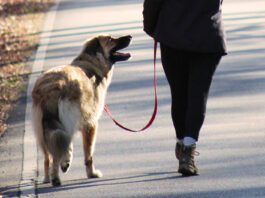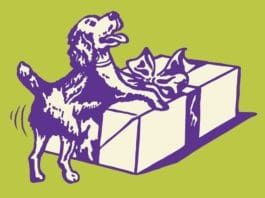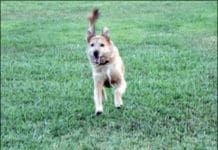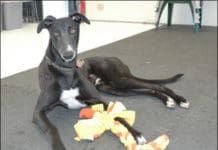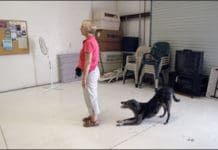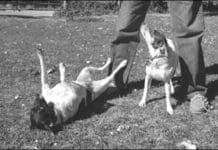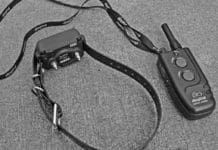Reinforcing Your Dog’s Training Throughout His Lifetime
When I was a kid, nobody talked about “socializing” their dogs, and most of the dogs we knew were just fine with kids. What’s the big deal? At risk of sounding old, when I was a kid, it was a different world. The only dogs I knew who weren’t free to run around my rural neighborhood were either hunting dogs or watchdogs; kids knew not to fool around with any of those dogs. And all the ones running loose in the neighborhood were extremely “good with kids.” That’s because they were constantly exposed to kids! I want my dog to be as rock-solid with kids – and every other type of person – as he is at resisting the urge to chase cats. So we’re going to have to practice.
Training Small Dog Breeds
There’s a reality show that airs on TLC called Little People, Big World that chronicles the daily lives of the Roloffs, an Oregon family made up of both small (both parents are under 4 feet tall) and average-sized people. The series tastefully portrays how every day activities and seemingly uneventful situations can affect the family members differently based on their size and how society views them. Most importantly, it successfully shows that size does matter, particularly in a society built for the average-sized person. I just wish there was a show, or at least an effective way to get that point across regarding small dogs. They and their owners have long been misjudged and misunderstood.
Fear-Free Dog Training Methods
or threatening his general well-being if he made the wrong move. It wasn't fear of punishment or fear of me or some sort of amorphous "respect" that he had for me
Victoria Stilwell Promotes Positive Dog Training on Television
and then it means leash jerk! The dog's not learning to walk close to me because he wants to, he's learning to walk close to me because he fears what's going to happen to him if he doesn't. I have to say this was a long, long, time ago. I thought, This is bizarre
Keeping Dog Training Fun and Playful
Dogs are one of the rare species of animals who play throughout their lifetimes; perhaps it's one of the reasons we have such strong bonds with dogs, because we too play as grown ups. Humans and canines appear to be what scientists call neotenous": as adults
Training Your Dog with Rewarding Treats and Praise
Why should training be fun for the dog? Briefest possible answer? “It’s the law.” How animals learn is the most-studied phenomenon in the history of psychology and is up there with gravity in terms of its lawfulness. One of the big ticket principles is that anything one tries to teach a new learner (such as a beginner dog) will get stronger in direct proportion to how many times it is rewarded. And (of perhaps even greater interest) every time the new learner does the behavior and is not rewarded (as in, say, “drilling” the same behavior over and over again) the behavior gets weaker. (Not just “doesn’t get stronger” – gets weaker.) In other words, it’s better to do nothing at all than to drill without rewards.
Increase Your Dog’s Reliability
Behavior professionals often define “reliable” as responding appropriately to the cue at least 80 percent of the time. That means your dog sits at least 8 out of 10 times when you ask him to. It’s unreasonable to expect 100 percent reliability from your dog. It takes commitment to your training program to achieve reliability under a wide variety of conditions. Let’s explore some of the elements that make for true reliability.
Canine Stimulus Control Through Positive Dog Training
Canine Charlie willingly sits on cue, but when clicks and treats don't come fast enough, he starts trying other dog behaviors in his repertoire - with rapid-fire offerings of shake, speak, down, and even a roll-over finding its way into the mix. He gets so excited about the dog training game that sometimes he doesn't even bother to sit first when asked, but drops right into the down - his favorite position. Charlie, an eager worker who loves positive reinforcement, has learned a lot of different behaviors and is anticipating his human's cues for all his favorite tricks. He clearly doesn't have his behaviors under stimulus control.
Dog Training Using Positive Techniques
and who are appropriately reinforced for the ""right"" behavior
The Canine Shock Collar Debate
The chasm between those who abhor the electronic/shock collars as an abusive dog training tool and those who support and promote it as an exceptionally effective and humane training tool is so huge it will probably never be bridged. In more moderate positions in the middle of that chasm are those who believe that the collar can be an effective training tool for very limited circumstances in the hands of skilled professionals, and those who prefer not to use them but feel compelled to educate clients who insist on using them on how to use them properly.
Why Punishment-Based Dog Training Doesn’t Work
By definition, punishment is something that will decrease the probability of the occurrence of a certain behavior. Generally, this punishment involves something that is sufficiently startling or aversive so as to thwart the “problem” behavior. If the dog has benefitted from the behavior in the past, it will take even more startling or aversive punishment to override his expectation of getting that reward again. Frequently, a punished dog stops attending to you; you become something to be avoided.


